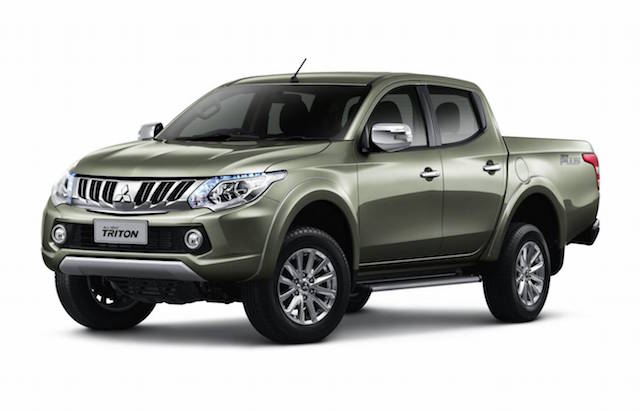
Mitsubishi has priced its new Triton range of 10 all-diesel commercial utes as its rivals gear up for a sales race that will be even more competitive this year than last. The commercial market saw record sales in 2014 and was dominated by the Ford Ranger and Toyota Hilux, each selling more than twice the numbers of rivals like the Nissan Navara, Holden Colorado, Mitsubishi Triton, and Mazda BT-50. 

